New evidence shows Japan’s violence against Koreans in 1923 massacre
By Korea HeraldPublished : Nov. 24, 2013 - 19:59
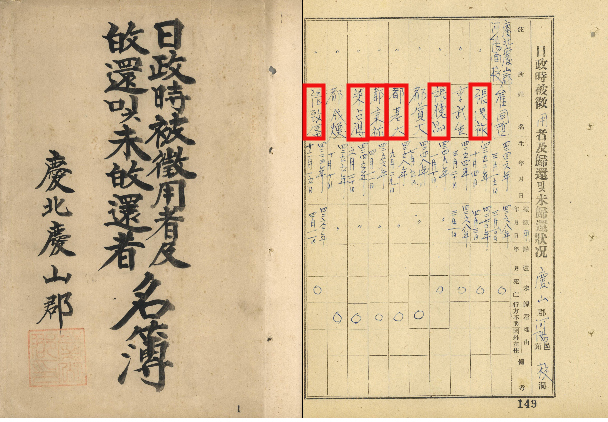
Japanese vigilantes and some military personnel exercised extreme brutality during the massacre of Koreans after the 1923 earthquake in Kanto, Japan, newly found records show.
According to the Independence Hall of Korea and the National Archives, the details were found in the lists of Korean victims of Japan’s 1910 to 1945 occupation of Korea. The documents, compiled in the 1950s, were found at the Korean embassy in Tokyo in June, as the mission prepared to relocate. The lists, divided into over 67 books, contain names of 230,000 Koreans who were killed after the earthquake and the March 1, 1919 Independence Movement or forced into labor during the period.
According to the Independence Hall of Korea, the list of Koreans killed after the earthquake contains details including the manner in which they were murdered. The list also shows that Japanese authorities including the military police took part in the massacre. At the time, vigilantes carried out attacks against Koreans across Japan fueled by rumors that they were poisoning wells, and plotting an uprising against Japan’s colonial rule.
In the massacre victims’ list, a 23-year old named Han Yong-seon from South Gyeongsang Province is described as being killed “with a steel hook like a dog,” while a man named Cha Hak-ki was reported as having died after a Japanese person stabbed him in the abdomen with a bamboo spear.
Two men from Ulsan ― Park Nam-pil and Choi Sang-geun ― are described as having been murdered with pickaxes, while two other men from Miryang, South Gyeongsang Province are listed as having been killed after being attacked by a mob.
The documents listing those forced into labor are said to contain far more details than were uncovered by the Korean government’s investigation carried out in the late 1950s.
Information found in the list includes the location each laborer was sent to as well as whether or not he was able to return home. In addition, the addresses of the persons forced into working for Japanese entities and their dates of birth are also included.
As for the list of those killed in connection with the independence movement, it contains the names of 174 individuals whose role in the event was previously unknown.
Of the newly discovered names, 105 are from Gyeonggi Province while the remainder are from the Chungcheong provinces.
By Choi He-suk (cheesuk@heraldcorp.com)
-
Articles by Korea Herald






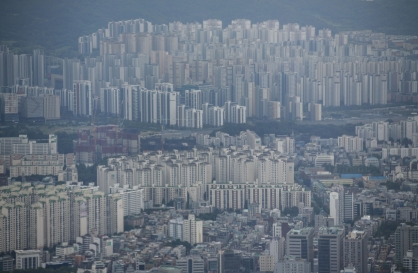

![[KH Explains] Can tech firms' AI alliances take on Nvidia?](http://res.heraldm.com/phpwas/restmb_idxmake.php?idx=644&simg=/content/image/2024/05/07/20240507050619_0.jpg&u=)
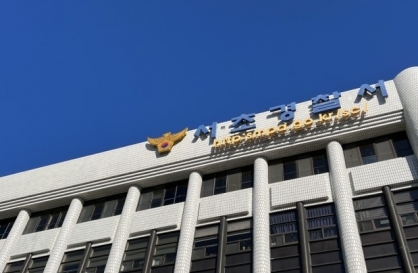
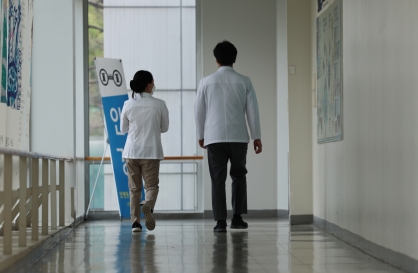






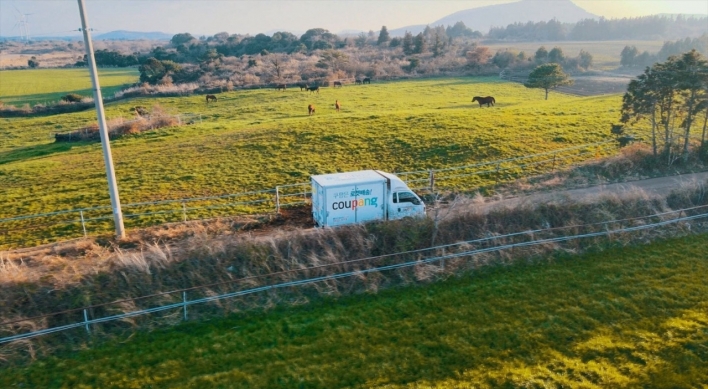
![[K-pop’s dilemma] Time, profit pressures work against originality](http://res.heraldm.com/phpwas/restmb_idxmake.php?idx=652&simg=/content/image/2024/05/08/20240508050705_0.jpg&u=20240508171126)
![[Today’s K-pop] NCT Dream to drop pre-release from 2nd Japan single](http://res.heraldm.com/phpwas/restmb_idxmake.php?idx=642&simg=/content/image/2024/05/08/20240508050725_0.jpg&u=)